Using original source and archival material, we uncover the untold history of the Prairie Island Nuclear Plant. We begin with examining the history of the land and its people, the construction of the plant, reactions, and organized resistance to the use of nuclear power on Prairie Island.
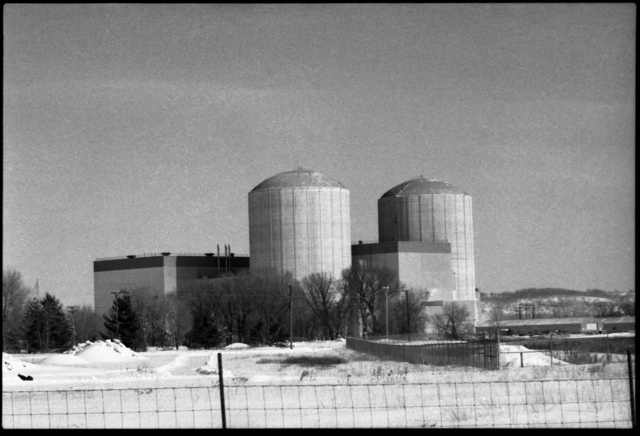
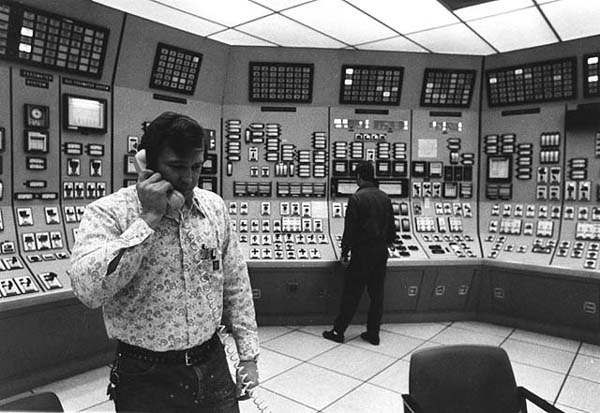
History
“We are the Bdewakantunwan – those who were born of the waters. We are one with the land. The waters, the bluffs, the prairies, the buffalo shape and define who we are as Dakota people.”
– Prairie Island Indian Community
The Prairie Island Indian Community
The Prairie Island Nuclear Plant sits near the land of the Bdewakantunwan Band of Eastern Dakota. The Dakota Oyate people (or Minnesota Sioux) never gave up their sovereignty. They have lived on the land long before European settlers began to colonize what is now known as the United States. Their reservation now consists of 534 acres of the original land and and 2,774 acres of land that was later added to a trust. Much of this land is in a floodplain where 1,295 acres is either non-buildable or is open water. Key treaties of the area include:
The 1851 Treaty of Mendota and The Treaty of Traverse des Sioux of 1851
Signed between the United States and the Mdewakanton and Wahpekute Dakota people of Minnesota. These treaties ceded 24,000,000 acres of land to the federal government on false promises that the bands would receive interest that would fund education, agricultural infrastructure, and relocation costs. Though Tribal leaders initially refused to sign, they eventually did so with the promise that past unpaid treaties would be paid, however these promises were never fulfilled. The treaties were quickly ratified by congress.

Northern States Power Company (NSP)

The Northern States Power Company (the predecessor to Xcel Energy) was a major utility company serving customers primarily in Minnesota and Wisconsin. The company was founded in 1909 and provided electricity and natural gas to millions of residential, commercial, and industrial customers and was pivotal in developing the Upper Midwest’s energy infrastructure.
Historical Timeline
1851
The 1851 Treaty of Mendota and The Treaty of Traverse des Sioux of 1851 were signed.
1862
War between the Dakota people and the United States government leads to mass persecution and execution of Indigenous people. 38 Dakota men are hung in Mankato, the largest mass execution in the country’s history.
1880
Families began to return to their ancestral home on Prairie Island.
1909
Northern States Power Company was founded. At this time it was called the Washington County Light and Power Co.
1934
The Prairie Island Indian Community became federally recognized as part of the Indian Reorganization Act. More land was placed in their trust and the reservation was officially established.
1938
Lock and dam #3 is constructed and opened for operation by the U.S Army Corps of Engineers. In doing so a large portion of the Prairie Island Indian Community reservation was intentionally flooded without authorization.
1940s
Land adjacent to the Indian Community is sold by the U.S Army Corps of Engineers to Northern States Power Company with the intention of building a coal power plant. This site was attractive for a power plant considering its proximity to the Mississippi River, rail access, and an urbanizing metropolitan area in need of power.
1968
NSP proposes the construction of a nuclear power plant on Prairie Island adjacent to the reservation. Despite concerns from the community, planning and construction efforts continue.
1973
The Prairie Island Nuclear Plant begins operating two nuclear reactors less than 700 yards from the reservation.
1994
Approval is given by the Minnesota Legislature to use 17 dry casks to store nuclear waste. The same year the moratorium was passed to prevent the construction of new nuclear power plants in the state.
2003
Xcel agrees to begin paying the Prairie Island Indian Community $2.5 million per year to store nuclear waste on the island.
2020
The Minnesota Legislature approves $46.2 million to support the Prairie Island Net Zero Project, a project aimed at environmental sovereignty, and hopes of becoming the first Tribal Nation to achieve net zero carbon emission.
2023
Xcel increases their annual payment for waste storage to the Prairie Island Indian Community from $2.5 million to $10 million per year along with $50,000 per each additional cask.
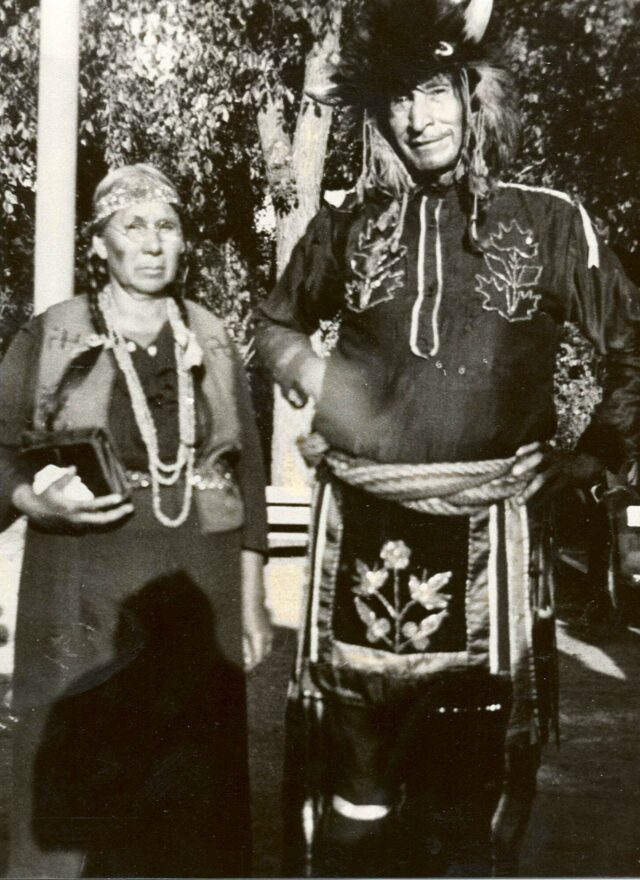
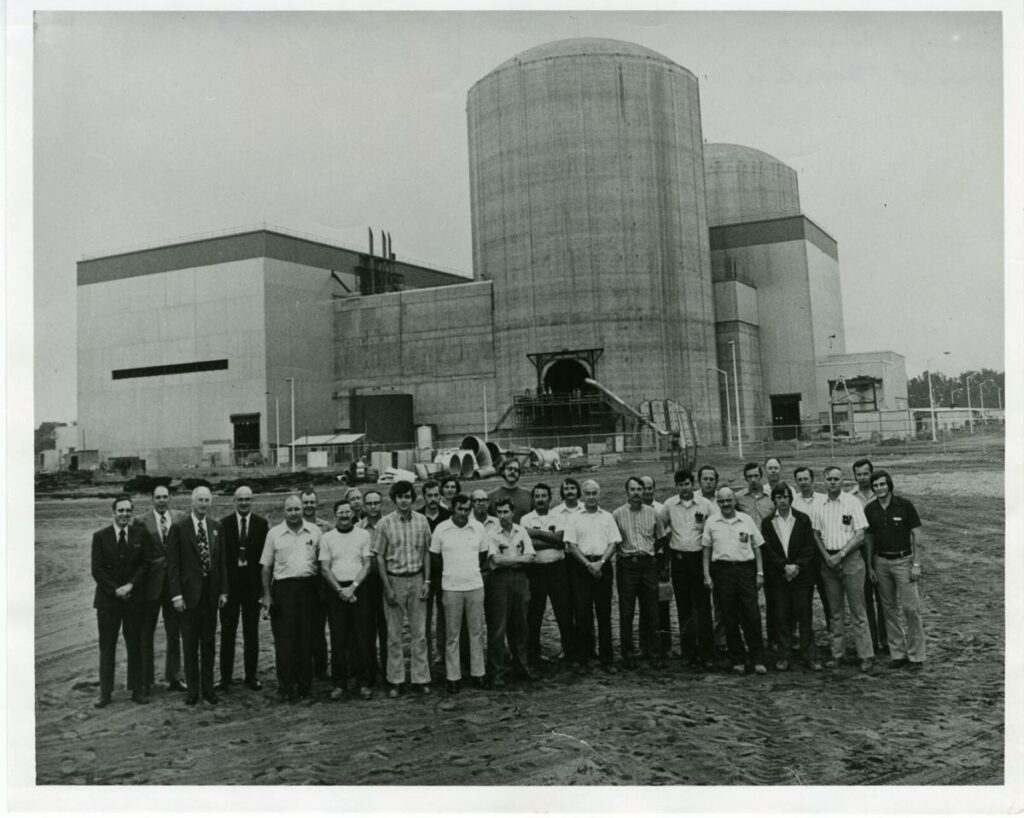
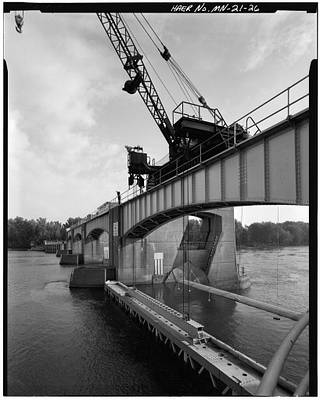
“To this day, we are the closest — and I repeat, the closest — community to a nuclear power plant and spent nuclear waste in the country.”
Prairie Island President Johnny Johnson